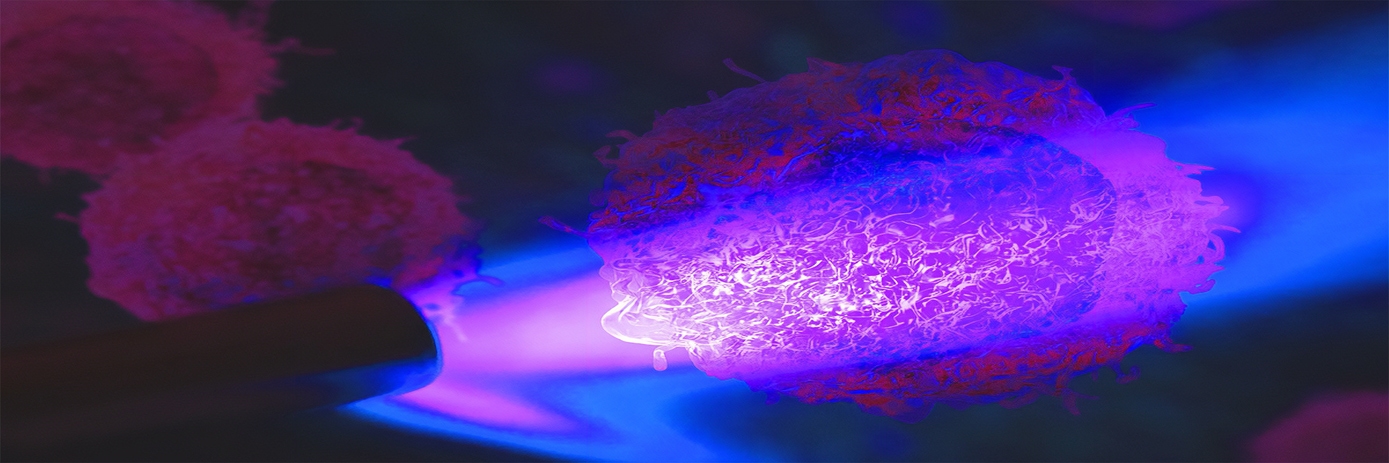Cancer research has witnessed remarkable advancements in recent years, enabling scientists to understand many of the intricacies underlying this complex disease. One such breakthrough technology is fluorescence in vivo imaging, which utilizes fluorescent probes to detect specific oncological biomarkers and protease activity to drive the development of cancer therapies. By enabling noninvasive assessment of in vivo biological readouts, this innovative approach holds great promise for detecting early indicators of standard endpoints and yielding more meaningful research results.
Unlocking early biological changes
Fluorescence imaging offers researchers a unique opportunity to understand the early biological changes associated with disease development, therapeutic efficacy, and drug-induced tissue changes. Traditionally, tumor burden, a measurement of the amount of cancer present, has been evaluated using caliper measurements or bioluminescence. This approach relies on gross overt changes in tumor size as a late indicator of treatment efficacy. However, it fails to capture the early biological changes that can be predictive of the later changes in tumor volume.
Certainly, relying solely on the gross measurement of tumor size to assess treatment efficacy can be misleading. Factors such as infiltrating inflammatory cells, calcified parts, and necrotic tissue can obscure treatment effects on viable tumor tissue, resulting in an inaccurate representation of treatment response.
Fluorescence imaging offers a more holistic view of tumor biology, revealing sensitive and timely assessments of changes in tumor growth, tumor metabolism, protease activity, inflammation, cell death, and hypoxia. By employing well-defined fluorescent probes, researchers can detect and quantify treatment-induced changes in tumor biology before they manifest as changes in tumor volume. This early detection not only enhances our understanding of the disease but also enables adjustments to be made to treatment strategies, leading to more effective interventions and the possibility of developing more targeted and personalized therapies.
The importance of bioprofiling tumor burden
To gain a complete understanding of tumor biology, it is critical to identify when specific biomarkers are active, as cancer biomarkers may exhibit fluctuations in expression throughout the development of a tumor and may significantly impact growth. A recent case study reported the results of imaging two different tumor types using distinct fluorescent agents capable of detecting protease activity or surface receptor expression.
In this case study, fluorescence quantification with multiple probes highlights the significance of considering characteristic differences in rates of protease expression in tumors when selecting the appropriate probes, or conversely the significance of using probes to detect differences in protease expression. Specifically, lower protease activity was observed early on in one tumor type, while similar levels of integrin receptor expression, an indicator of tumor burden, were observed across the tumors. Comprehensive tumor profiling therefore not only aids in accurate assessment of tumor burden but also proves valuable for the biological characterization of tumors, facilitating the development of targeted therapeutic interventions.
Breaking barriers from discovery to development
By employing well-defined and validated fluorescent probes, researchers can not only assess tumor burden, but also detect specific biomarkers and monitor treatment efficacy in a noninvasive and sensitive manner. This technology provides valuable insights into early biological changes, enabling timely go/no-go decisions on which drug candidates to invest in for further development.
At Revvity, our IVISense® in vivo fluorescent imaging probes are important tools to noninvasively detect and quantify biomarkers such as protease activity to study early biological changes beyond just measuring tumor burden. To help inform your decisions and drive your oncology research forward, we have developed an interactive Selector Guide for IVISense® fluorescent probes for assessing growth, metabolism, protease activity, inflammation, cell death, hypoxia, and other important aspects of tumor biology.
For research use only. Not for use in diagnostic procedures. The information provided above is solely for informational and research purposes only. The information does not constitute medical advice and must not be used or interpreted as such. Consult a qualified veterinarian or researcher for specific guidance or use information. Revvity assumes no liability or responsibility for any injuries, losses, or damages resulting from the use or misuse of the provided information, and Revvity assumes no liability for any outcomes resulting from the use or misuse of any recommendations. The information is provided on an "as is" basis without warranties of any kind. Users are responsible for determining the suitability of any recommendations for the user’s particular research. Any recommendations provided by Revvity should not be considered a substitute for a user’s own professional judgment. Users are solely responsible for complying with all relevant laws, regulations, and institutional animal care and use committee (IACUC) guidelines in their use of the information provided.

































